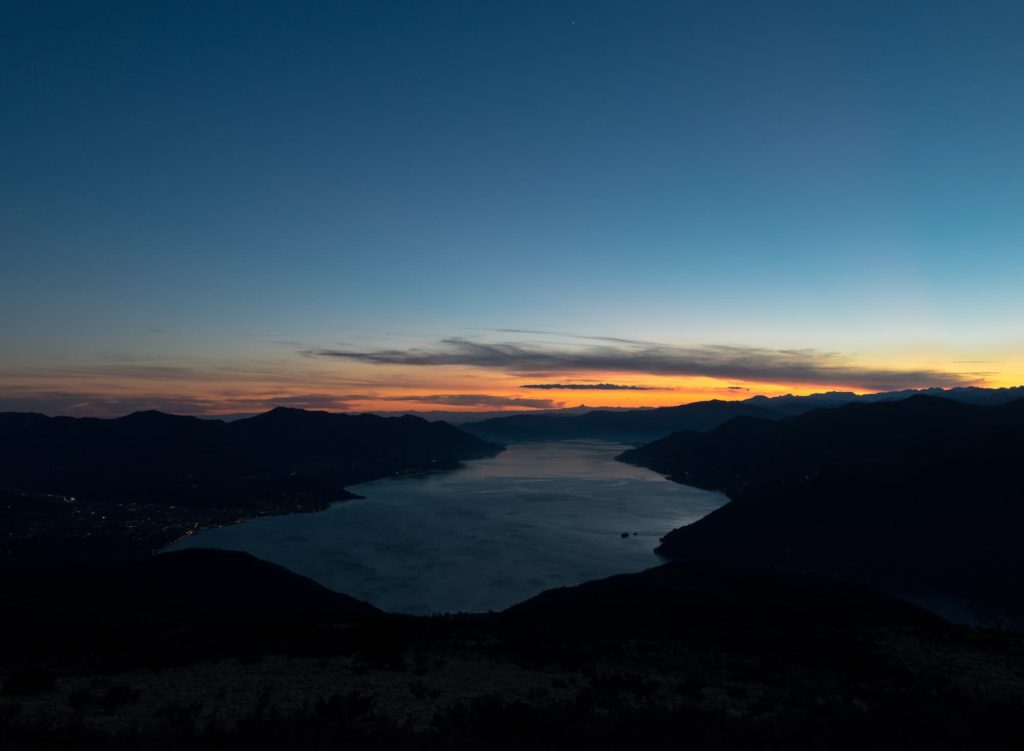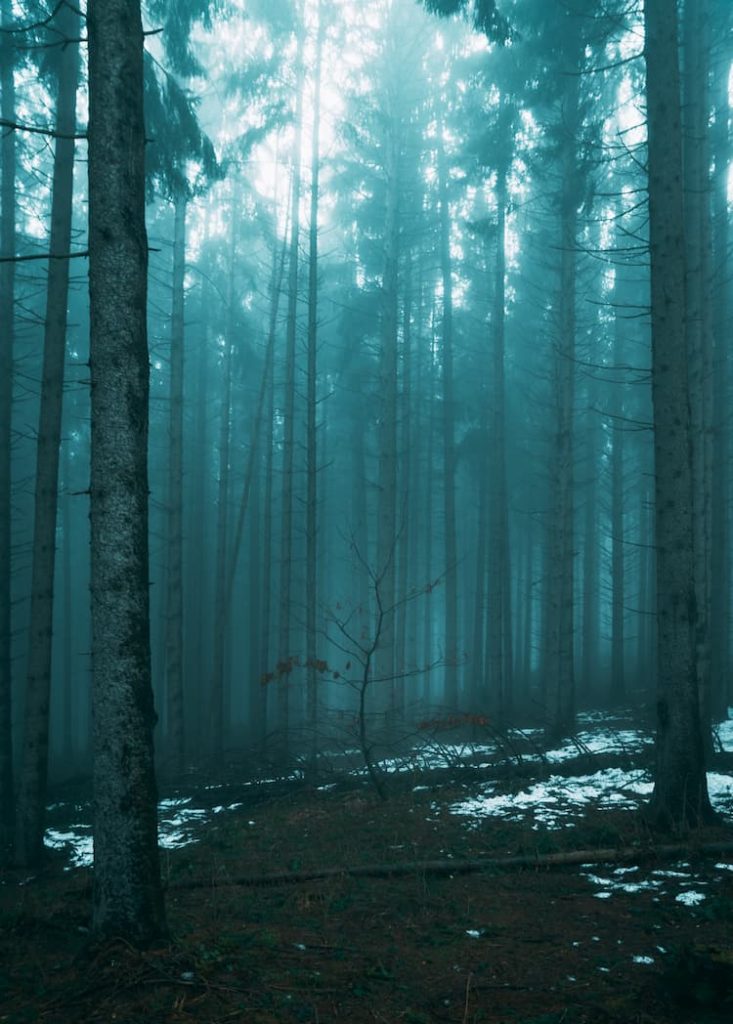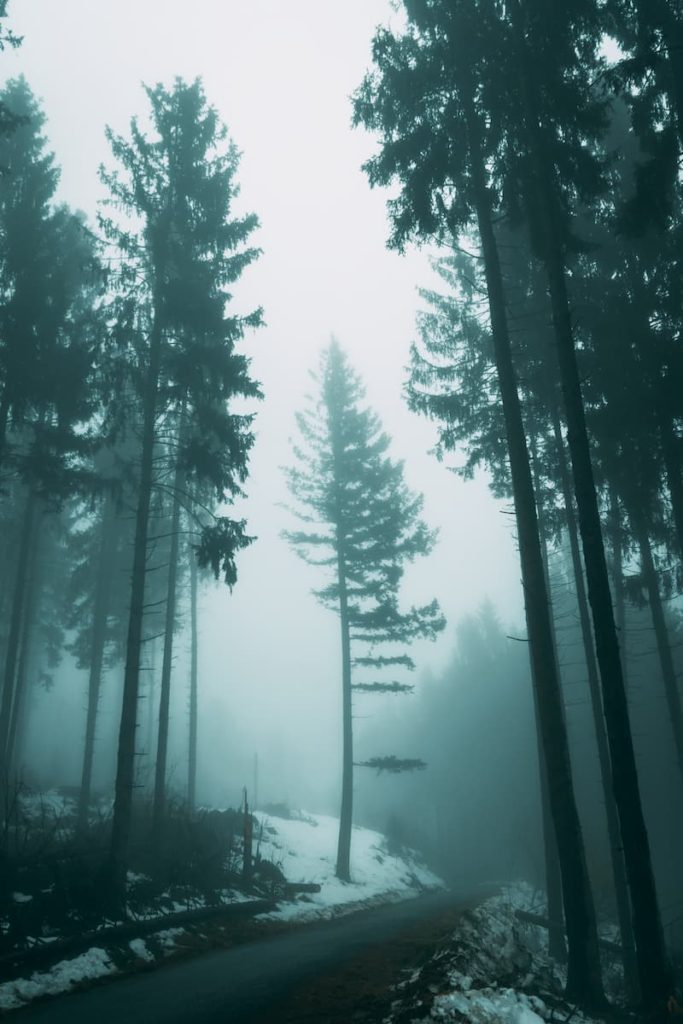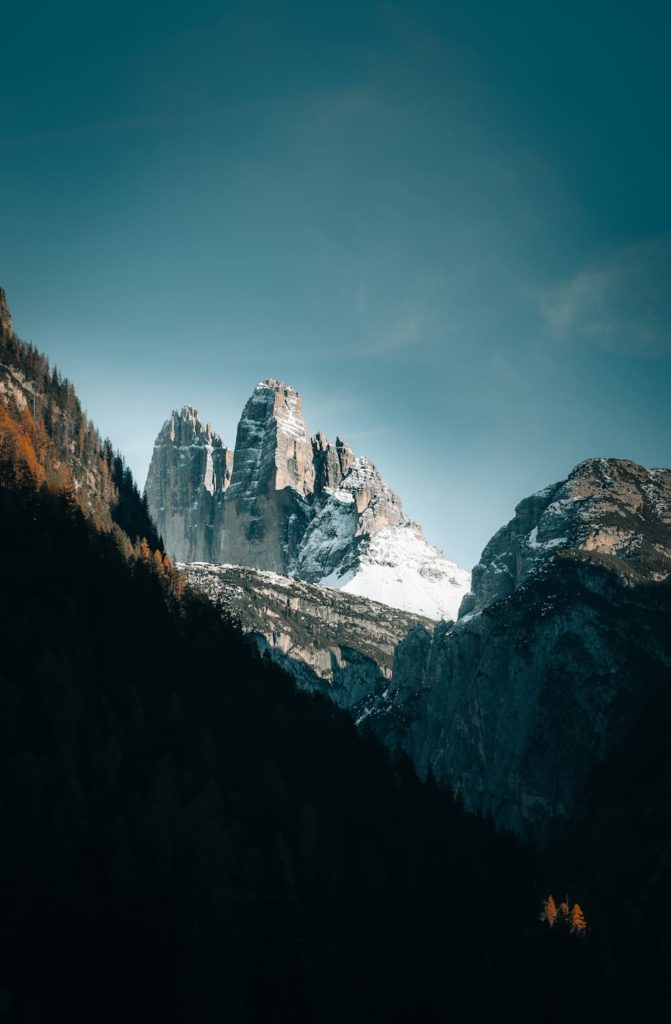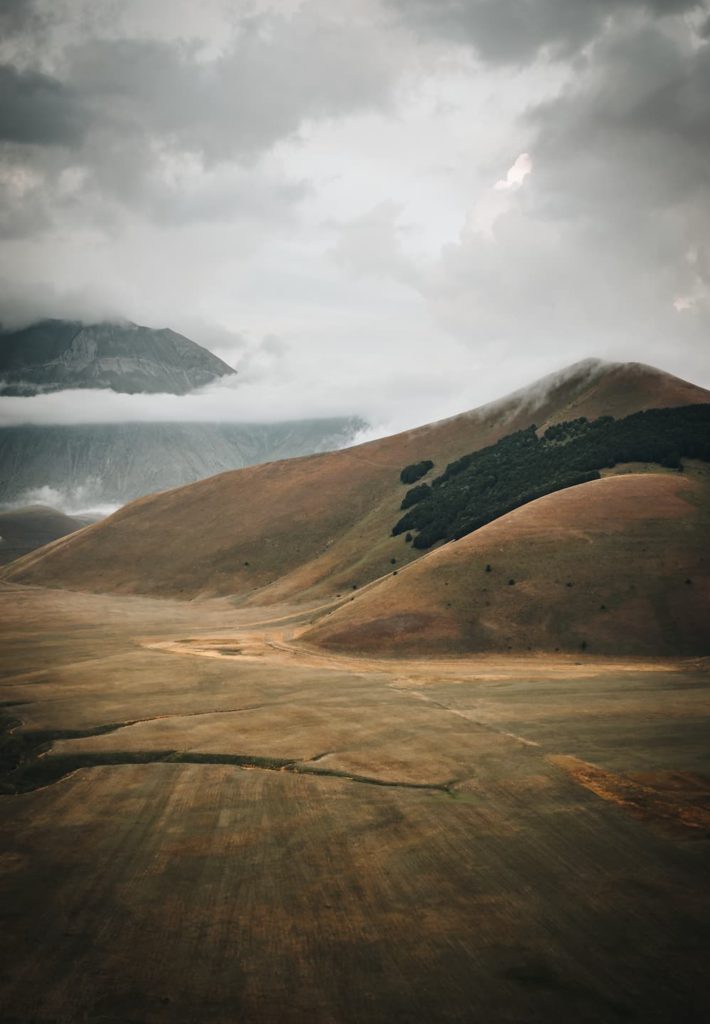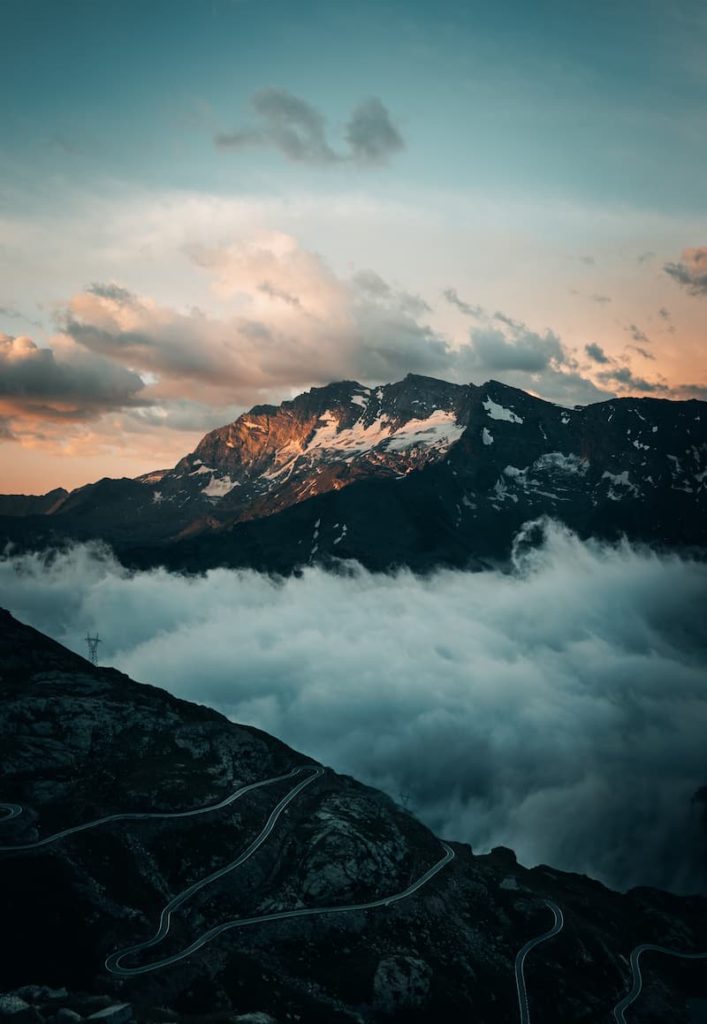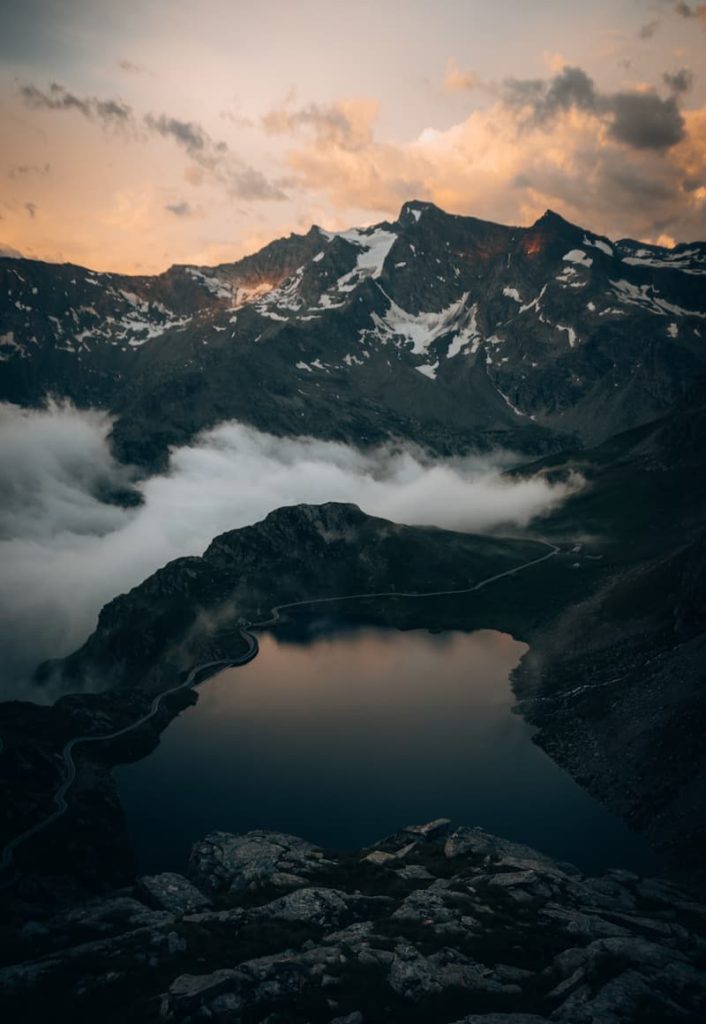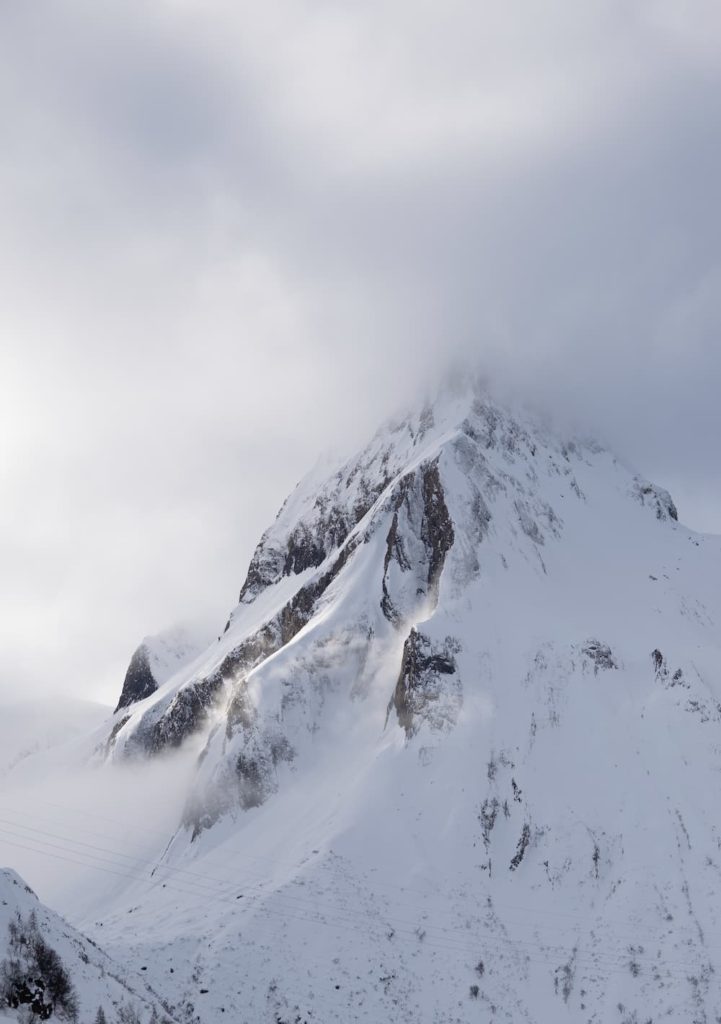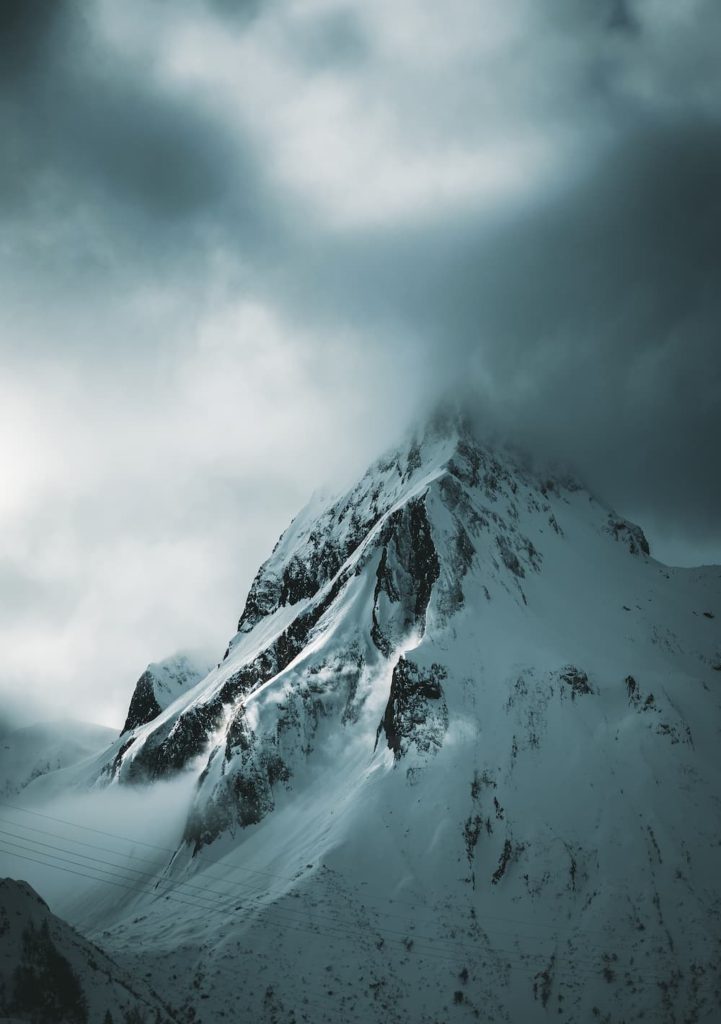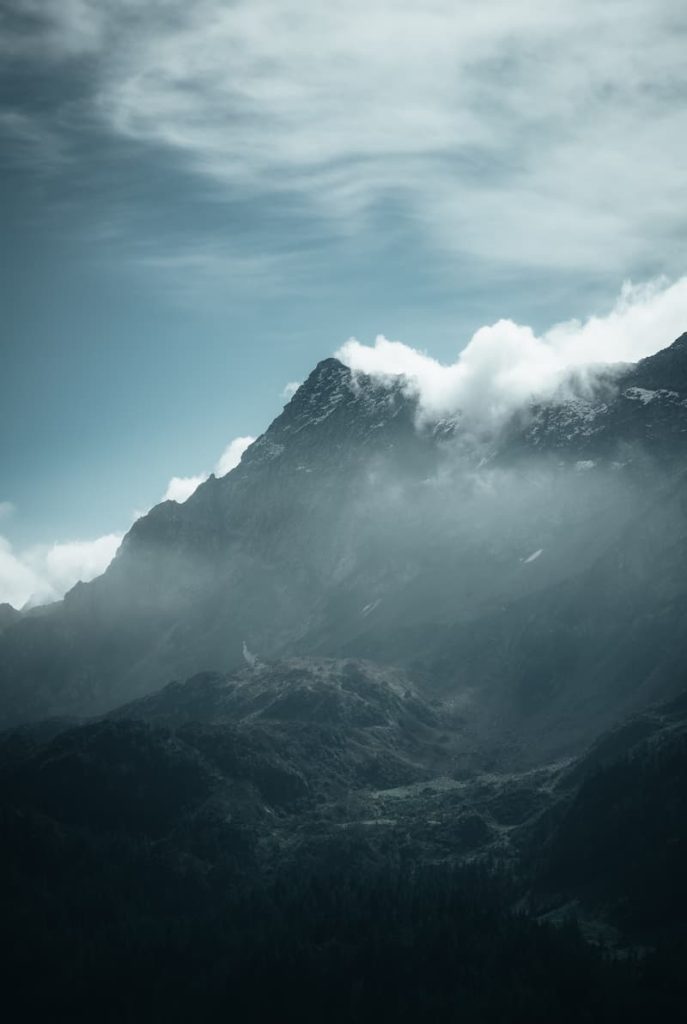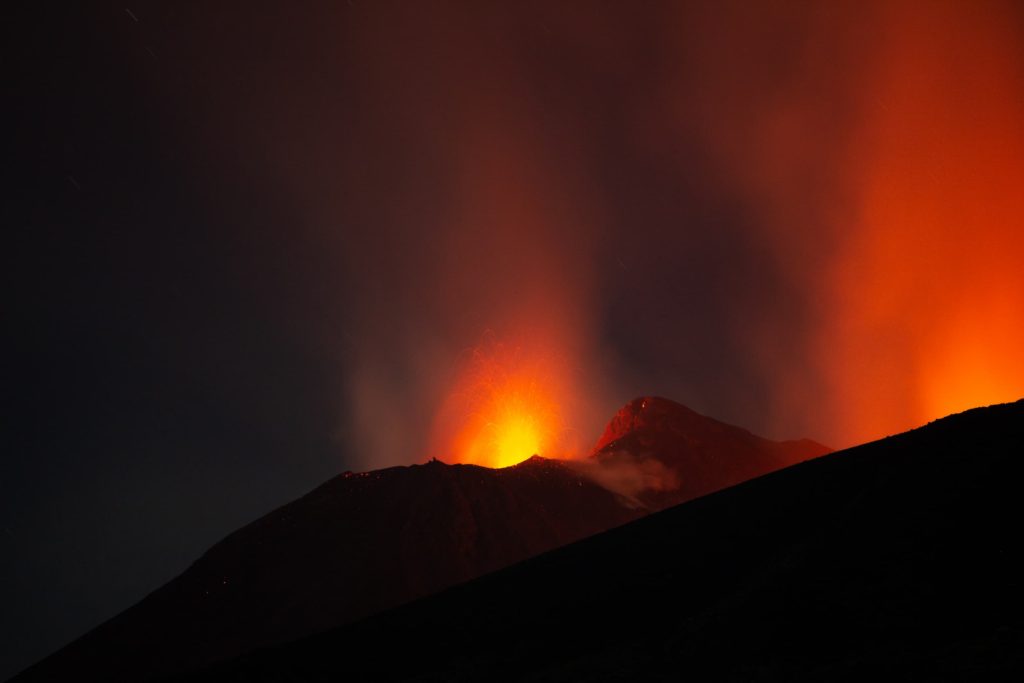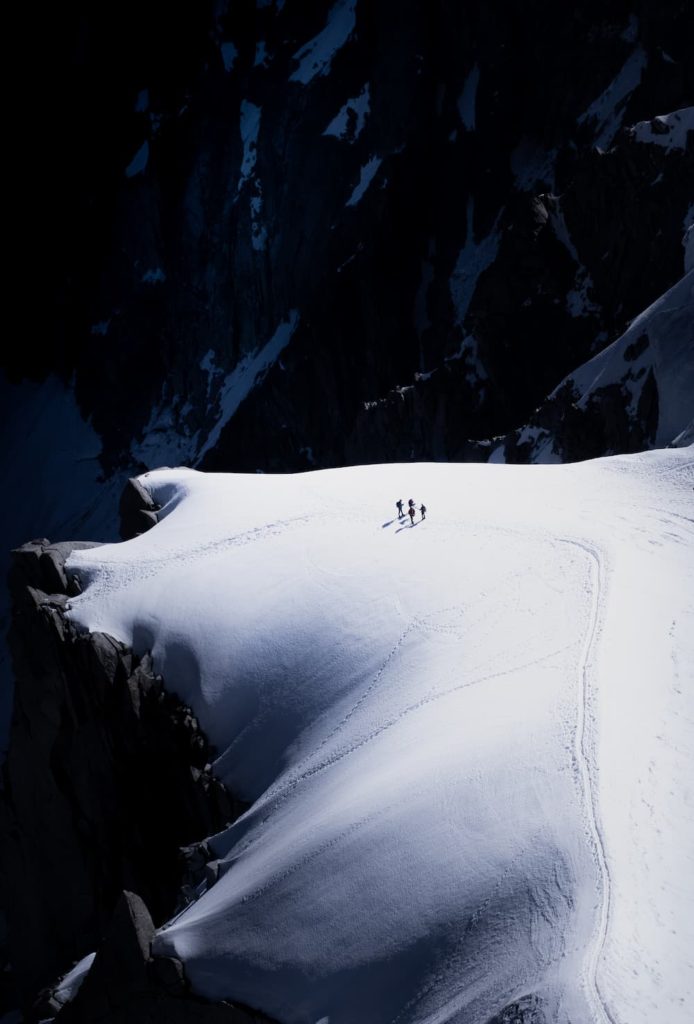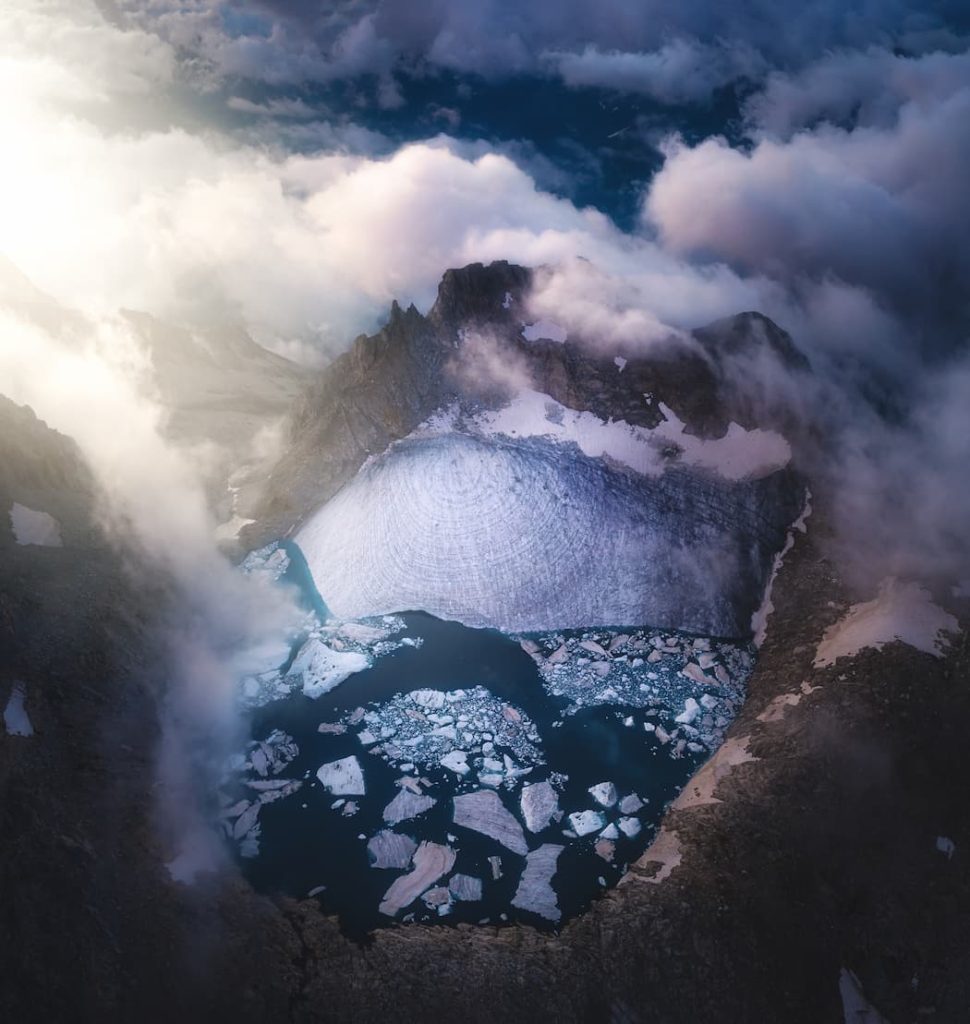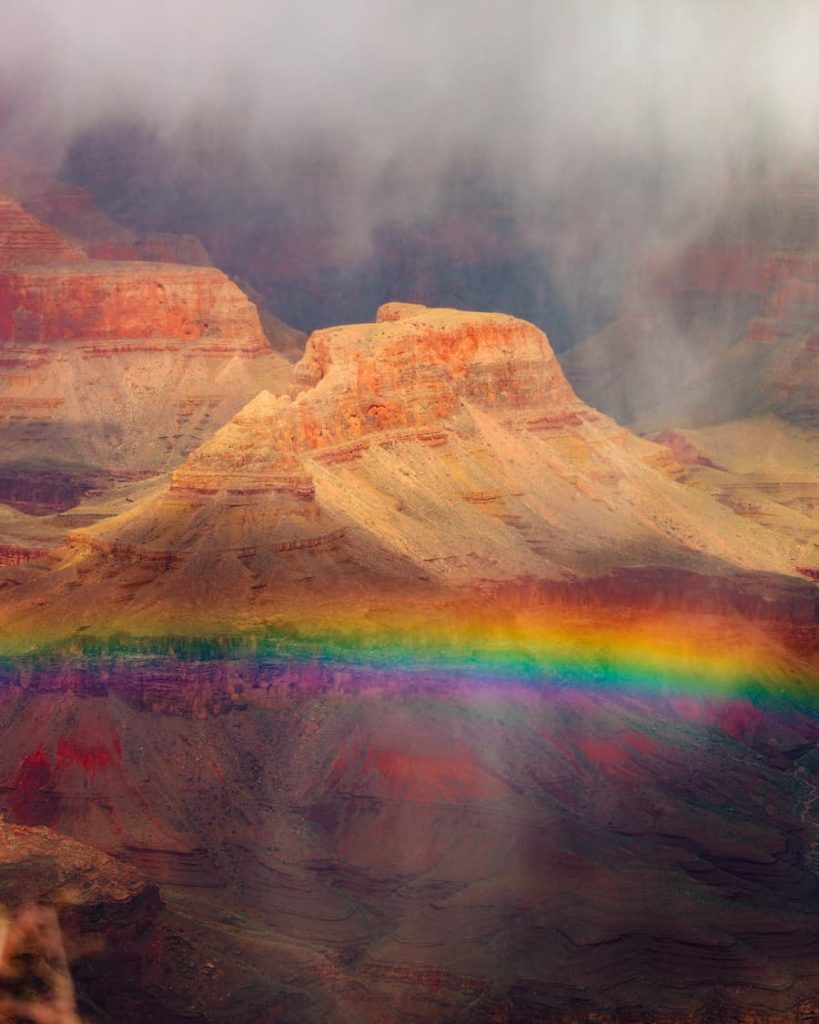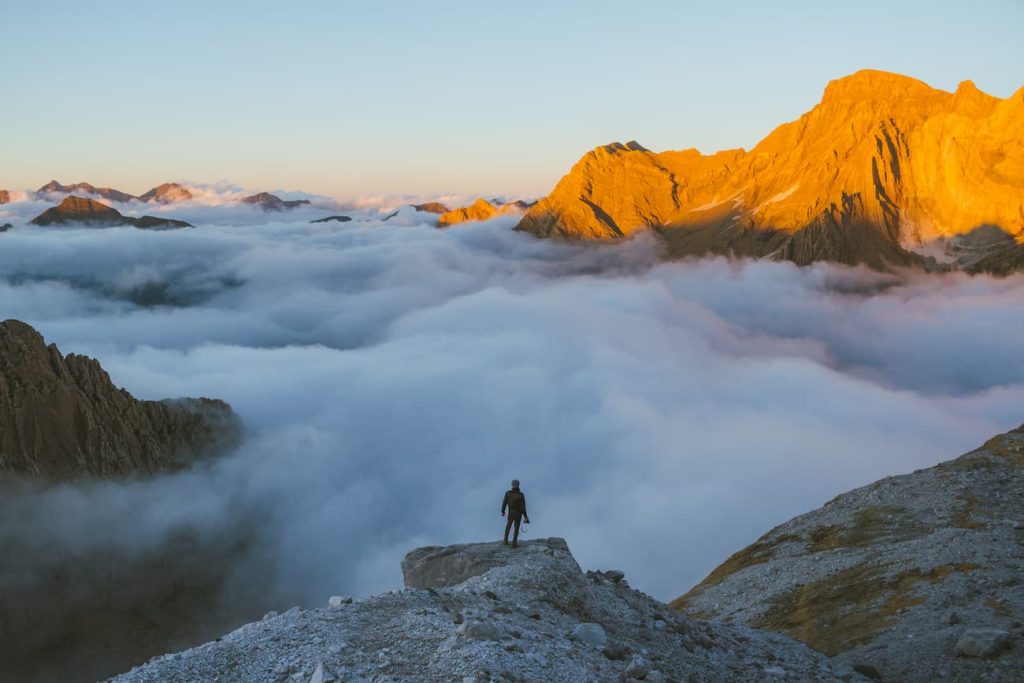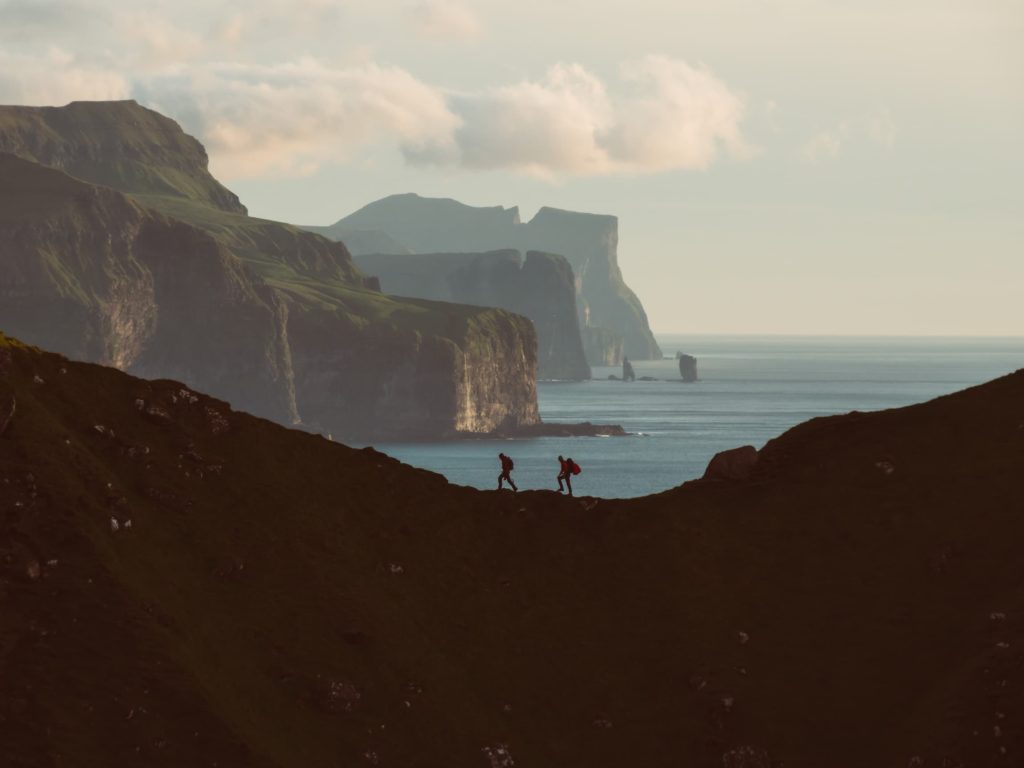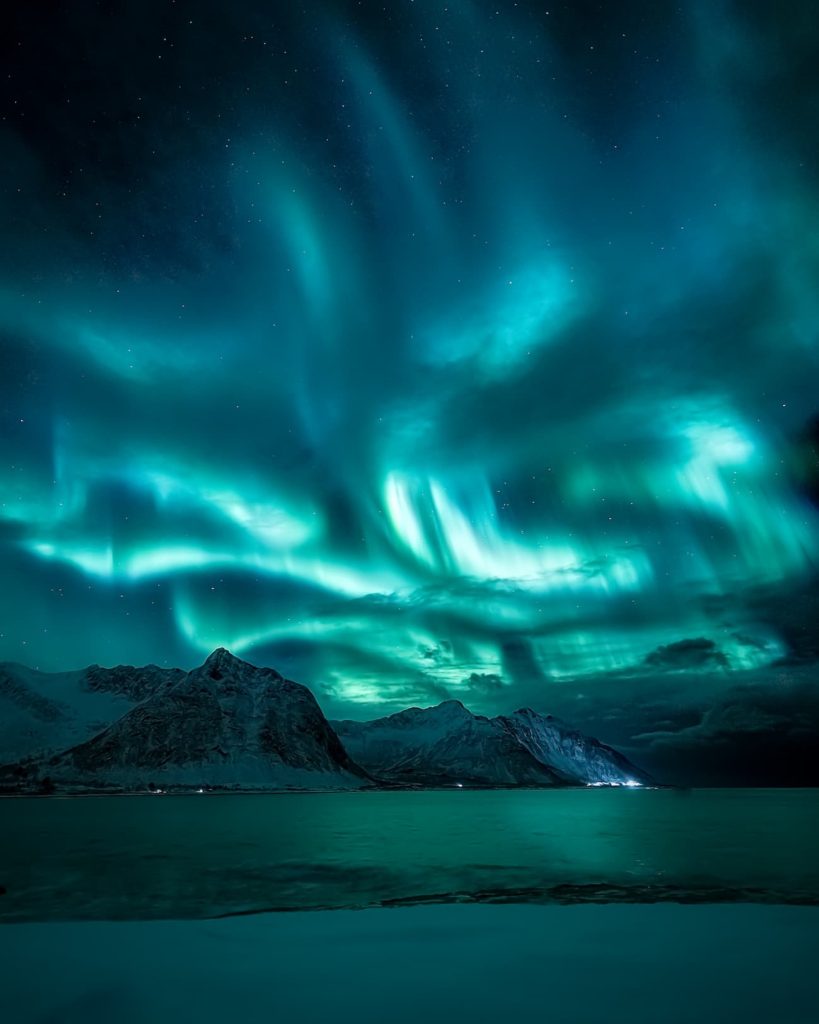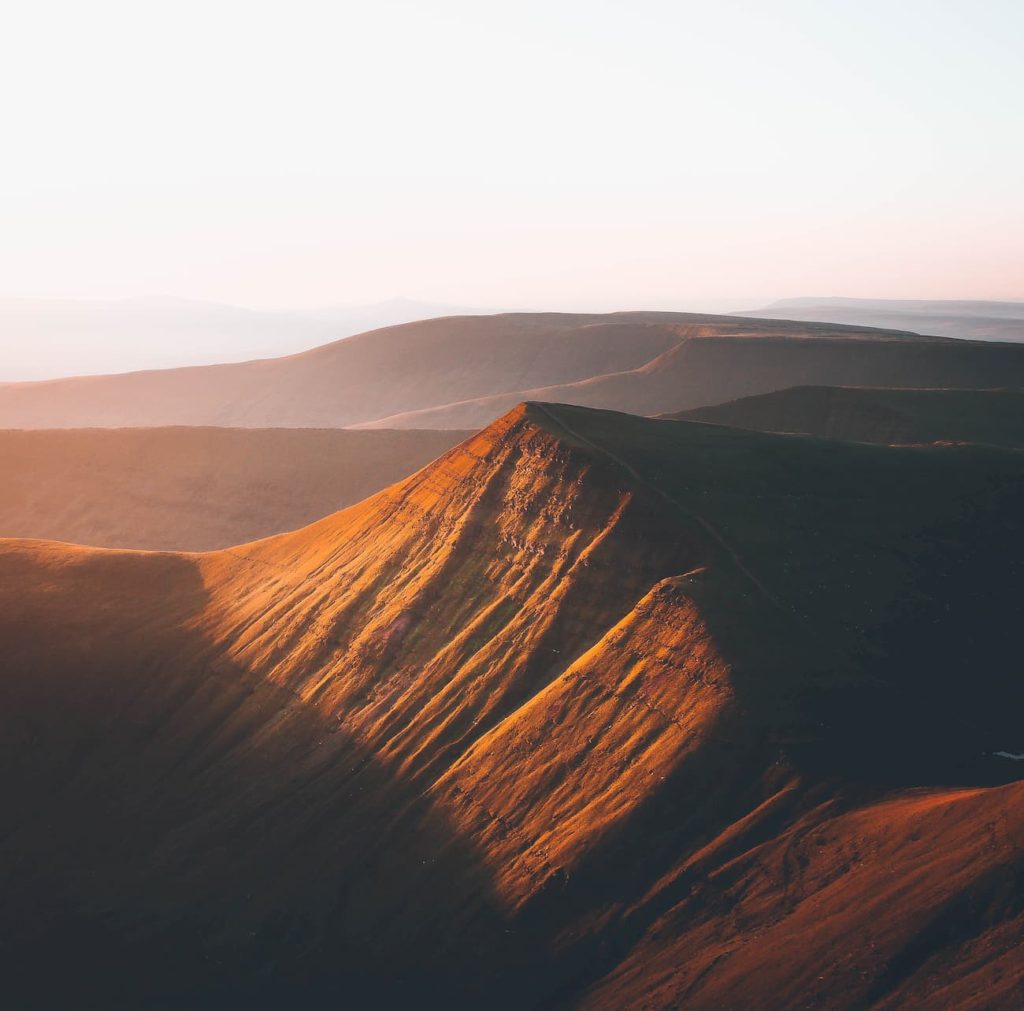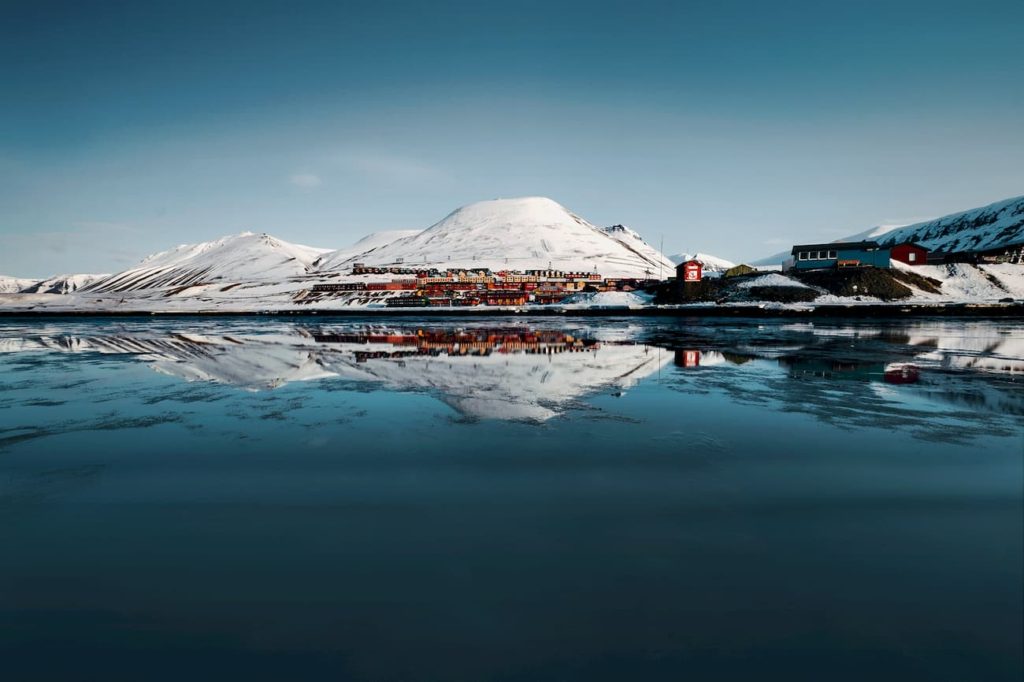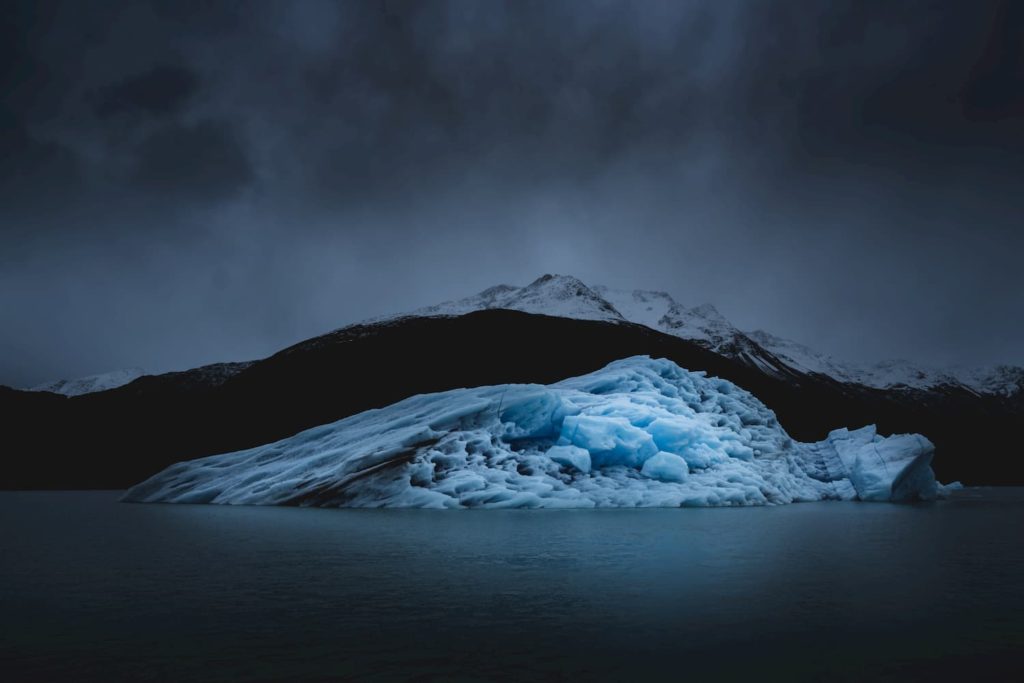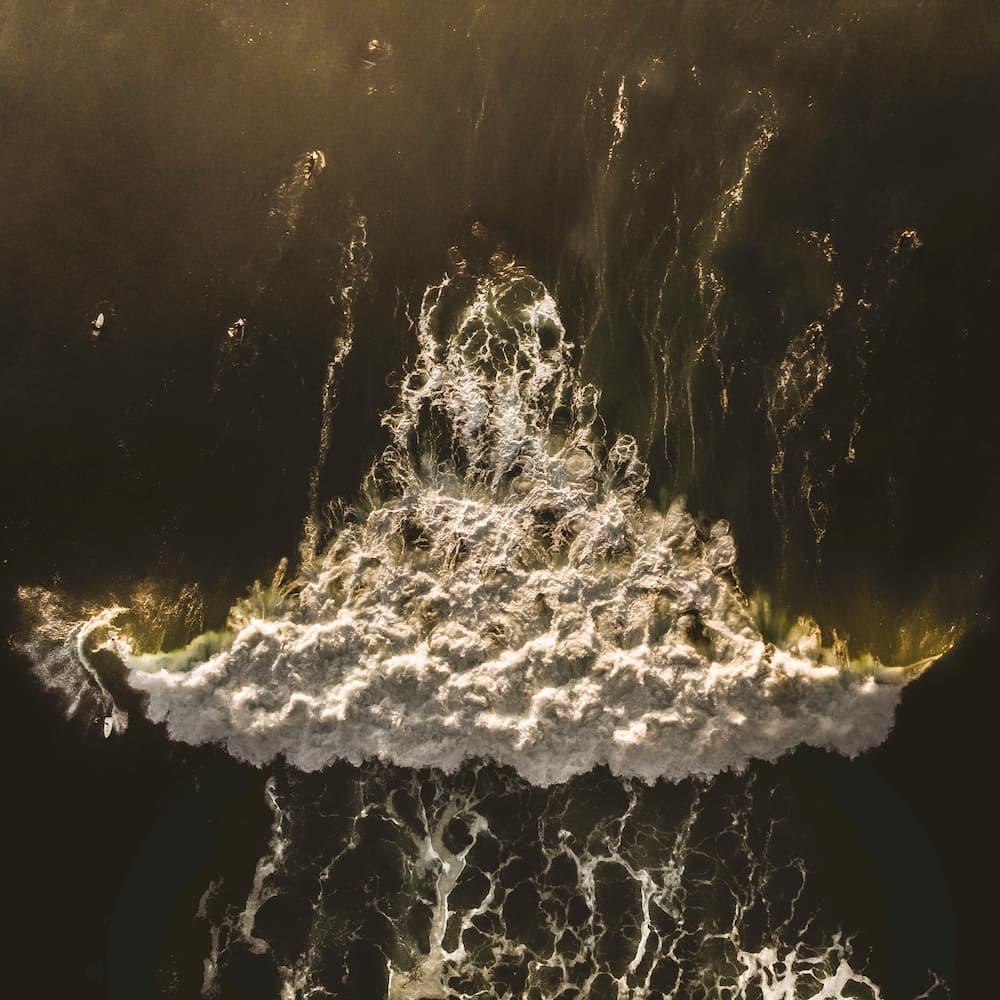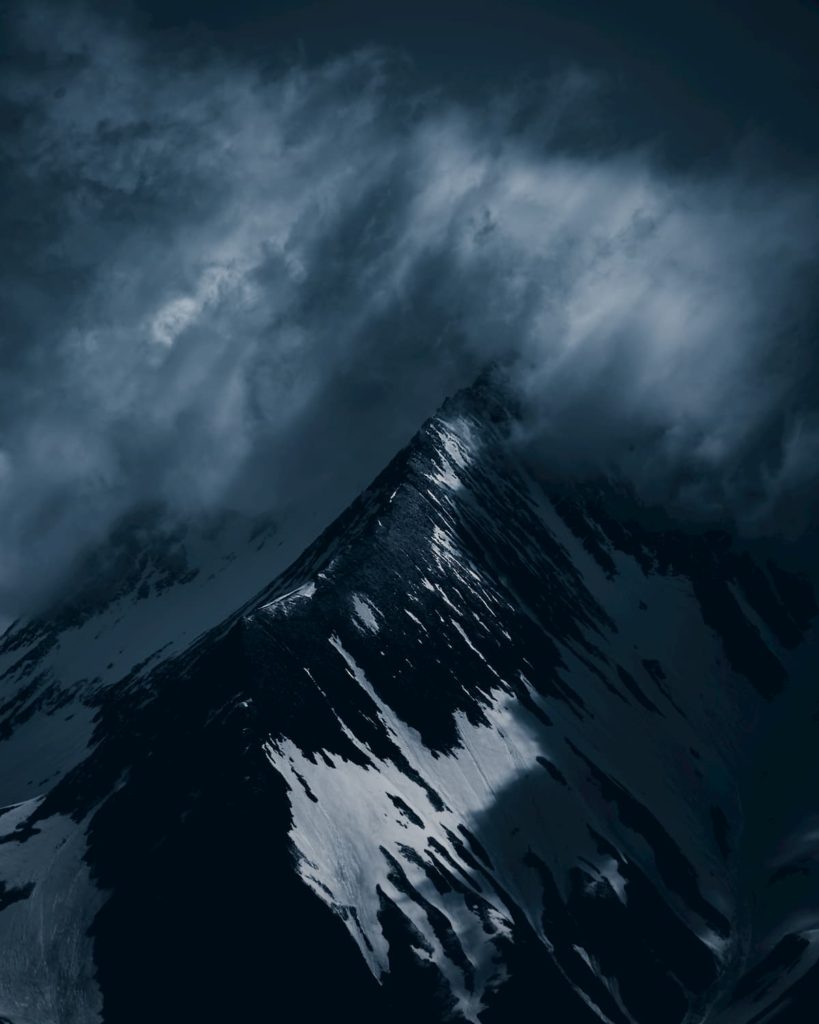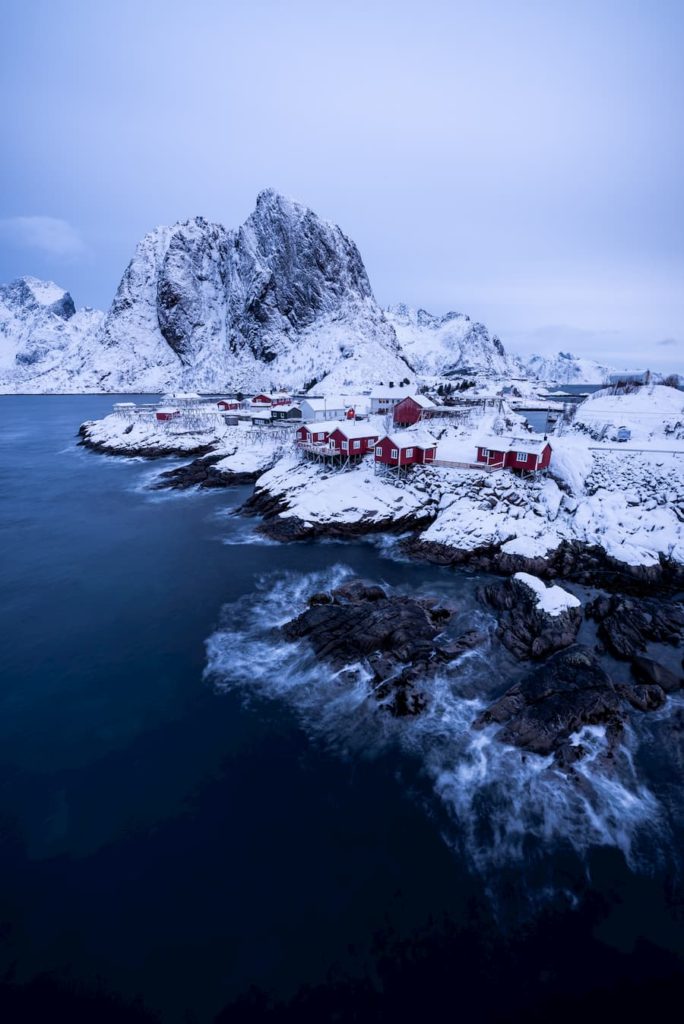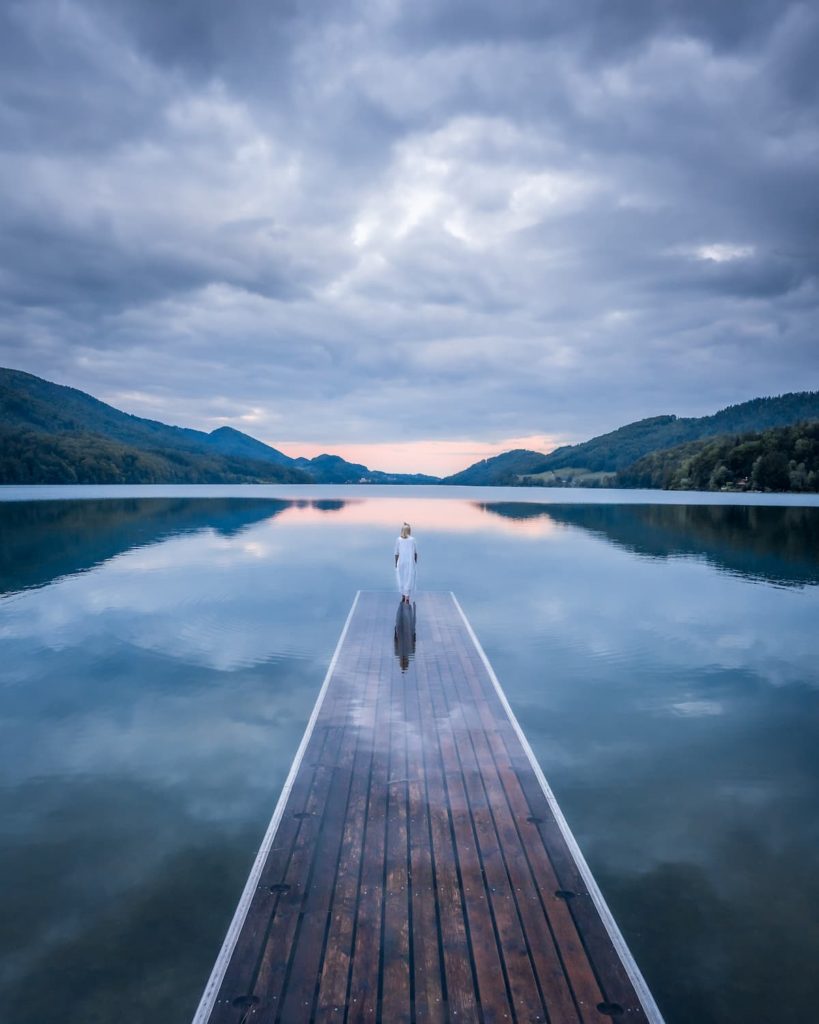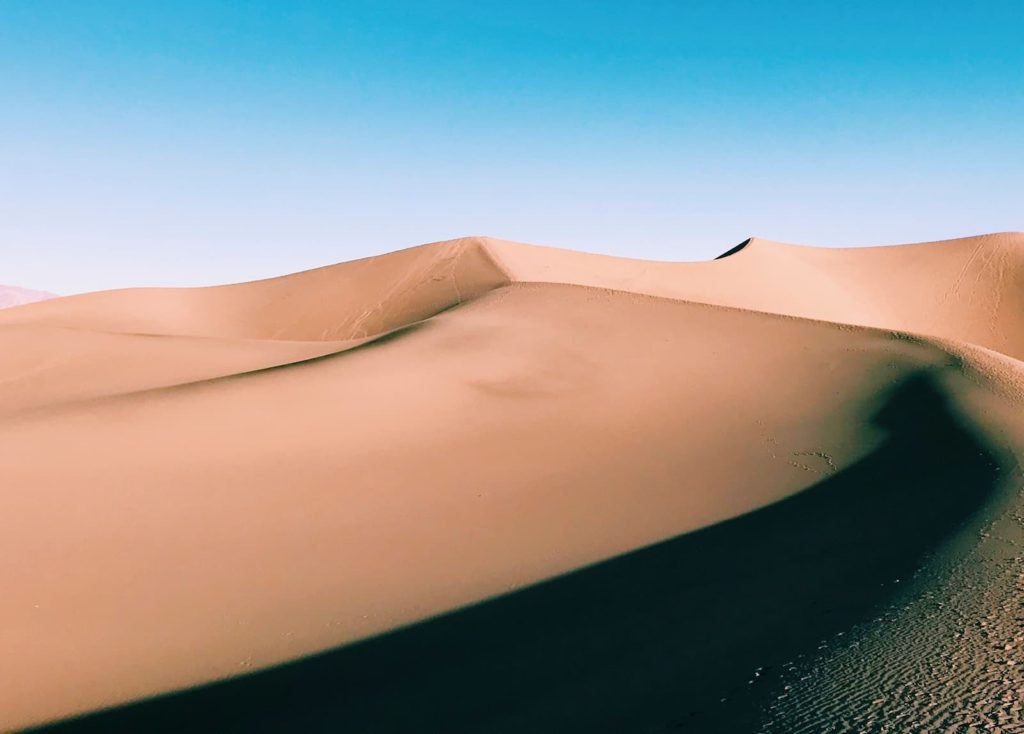
Vincenzo Moraca
@vincenzo.moraca
Photographer based in Italy
My journey with photography started six years ago, when I received my first reflex camera. It is still coming with me on my photo-trips and, even though it’s getting pretty old, I always manage to push it till the limit. Everything started with this camera.
I live in Maccagno, a small village of 2000 people by Lake Maggiore and I’m surrounded by nature. I grew up here and still live here, but in my family there’s a strong voyager soul. My dad had and still has to go abroad for work: he has been all around the globe, and it’s precisely in South Korea where he met my mother. She was born there and worked as a tourist guide since they met, but then my mom decided to move to Italy with him and create a family.
My life and lookout on the world changed significantly when I started a new life in Milan, where I moved because of my studies. I’m about to end my bachelor degree in Philosophy with a thesis on Baruch Spinoza and Friedrich Nietzsche. In Milan, I started living the reality of a metropolis, so in complete opposition to Maccagno. The back-and-forth between home and Milan made me find out how nature has always been part of my being, and I changed my way of living it. My point of view has transformed completely – because I took the consciousness of my roots.
"From that moment I realized how even the smallest and delicate tree in the middle of nowhere could give birth to the most emotional photograph."
Photography is a passion for me and, maybe, one day my profession. I’m still studying, but I don’t see this as an obstacle because my intellectual activity stimulates and increases my theoretical apparatus that holds up the photograph conception that I try to push forward. We don’t have just one identity or multiple ones that are separated from the other; I am someone who tries to see everything together, different identities intertwined.
A photograph is able to maintain all the grades of the lights and shadows which are normally faded away with our sense of sight. When we are in front of a view/landscape we tend to focus on one single part at the time and we can’t see the whole scenario. In our real life, we are not able to visualize that single light or shadow which makes the difference in a precise moment. However, in photography, whoever takes the shot can transmit the complexity of the totality in a single frame and guide the spectator into a new dimension made of contemplation and introspection.
I think the figure of the photographer describes that person who can perfectly manage to translate a feeling to images and create a reading channel for the observer through the post-production phase, even though that person is physiologically not completely able to catch the richness of the overall view/landscape in one moment. The photographer is that person who is able to fill the spectator with a precise emotion through the use of images.
"So, what the photographer translates is a sensation, not just a nice view. That’s what, in my opinion, makes the difference between a simple “photo shooter” and a photographer."
To build upon that, I think a good shot is a shot in which I can see the photographer himself. This made the difference in my work when I felt a moment deep inside. Everything starts with a fundamental question: what makes a great photograph a great photograph? I believe it’s transcendence. Pretty much all the time we observe a lot of nice views, and it’s an easy job to pick up a decent smartphone or any camera you have, take a picture and with some editing skills you can produce an enjoyable image to upload on Instagram. Can we call this photography? In my opinion, and to give passionate and talented photographers the credits they deserve, photography is the ability to create results that go beyond that simple, nice view. And this is really, really difficult. There’s a massive gap composed of study, intuition and hard work between photography as mere shooting and photography as Art. And you know what? There is no recipe or manual on how to close the gap and “become” a photographer. One is in continuous transformation and it would be ingenuous thinking to have “the figure of a photographer” as a single point to achieve. No one can arrive, because there’s no arrival point.
"As I said, photography is a never ending game of translating, transcribing, and interpreting, because we stop expressing ourselves only when we die."
Everything a photographer does is translating or conveying something, which are acts not only achieved through words.We translate with actions, images, thoughts, emotions… In essence – creating signs. A photograph is the attempt to capture an impression of this poem which is our life, through the recreation of an emotion in a still image. Nevertheless, the most difficult part in landscape photography to succeed here is timing. A landscape photographer has to be able to become very intimate with nature, characterized by patience and silent observation of the surroundings, the light, and of your own feelings, almost like meditation. Establishing a connection with the place where you try to take the shot is a crucial step, because it’s only by feeling part of it that you can manage to create an immersive picture.
"It’s a matter of communication with the landscape."
This is not something you learn from Youtube tutorials or books. It’s something you develop through personal experiences and moments that touch you, unexpectedly and out of nowhere. Personally, I learnt this when I was in the Gran Paradiso National Park. Italy. This has been my restart, the place that made me feel grown up when I got back home. I felt something like a click, a tipping point with no way back.
My plan was to reach a place called Colle del Nivolet, at 2600 meter and just under the Gran Paradiso peak. When I got there it was afternoon. Everything was fine and impressive, I mean, I was in the middle of the Alps. However, I have zero shots from that day. At first I started shooting 20-30 images on a whim because I felt I had to photograph everything. But after this initial rush, just a little bit later, I got it: Even if I got the right composition, even if I got the right camera settings, even if everything was technically perfect… The land under my feet and in front of me wasn’t ready to be shot. This may sound strange, but I believe it’s true. The mountains, the alpine lakes, the panorama itself weren’t ready, it wasn’t the moment. So I decided to sit down with my gear switched off next to me and I waited. I didn’t know if the light would get better or worse, if the weather could help me or not. What I knew was that at that precise moment, the landscape wasn’t ready to welcome me and my camera. That’s it.
I planned to camp there, so I prepared the tent and everything I needed. I went to sleep, but at 3 am a storm made me pack everything up and search for the car. It seemed to be a disappointment, but then the magic happened. During the night the clouds lowered and the sunrise colored everything to perfection. The strong wind cleaned the air, and so also the visibility was perfect for my needs. At 5:45 am the landscape was ready, and I was ready too (although sleepy). And then I took what nature was ready to give me.
I learnt what should be the spirit of a photographer: get lost and live nature. I had heard about it, but until you experience such a moment yourself, you never truly understand it. This was the tipping point: From that moment I didn’t want to shoot nice views anymore, I wanted to take photographs.
After that, the first time I truly followed my instinct, I managed to create exactly the image I had in my mind and this is still the image that’s my all time favorite. It was a foggy and cold January day in Formazza Valley. I was walking on two meters of snow in the middle of white and icy mountains, waiting for a single ray of light hitting the side of the peak. I knew it would come, it was just a matter of time. In fact, just when I was giving up, it happened. With just two shots I got it. My little Nikon D3300 achieved a result with some limitations, but with a correct editing process I’ve still been able to express the image in my mind.
"What I always try to obtain is an immersive and involving photograph. I used to divide my workflow into three steps: composition, lights and shadows, colors."
The first two work strictly together, because the composition must support the observation of the chiaroscuro, which creates three-dimensionality and highlights the lines of the subject. The colors, on the other hand, I used to treat a bit separately, because in my opinion they are the parameter that impresses an emotive tone to the image. I consider colors as a door, an access which invites the spectator into the photograph; colors open the photograph to the sentimental interpretation. Of course, the management of the light works together with the colors’ luminance, because thanks to the shades I’m able to enrich the palette and therefore the potential immersion into the landscape itself.
Often I was asked why I didn’t clean up the cables in the lower part using Photoshop. Even though I don’t like them very much either, I decided to leave them because I think the idea of showing how much Mankind has tried to conquer the most inaccessible nature is more important. During the central years of the 1900s, in Italy, a lot of hydroelectric plants were built in the mountains, in very dangerous areas where many workers have lost their lives. Those cables, down there, remind me of this.
"This photograph represents - more than many others - a successful goal."
It is meaningful, tells a story, spreads a message, and above all, conveys a moment that happened as a result of following intuition and connecting with nature. It is the one that when I saw it on the computer made me say “here it is, this is the one”.
Would you like content like this sent to your inbox?
NOMADICT
ART GALLERY
THE LATEST STORIES
WRITEN WITH PASSION TO INSPIRE YOU
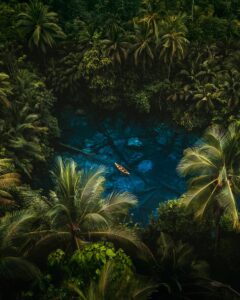
Tom Fähndrich (@tofenpics): Best of the Week 47 at #nomadict
Tom shares the journey behind his winning photography, from a passion for exploration and remote places to field lessons, composition choices, and color grading.
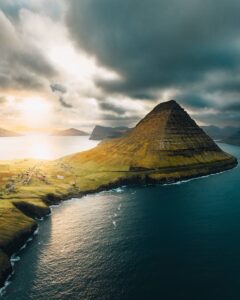
Photo tour in the Faroe Islands
Join us in the Faroe Islands for a unique photo tour, where you’ll elevate your creative skills with expert guidance from Ronald Soethje and Nomadict.
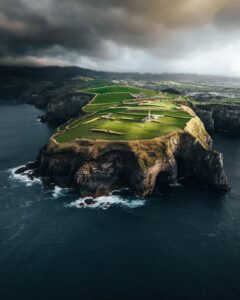
Photo tour in Azores, Portugal
Join us in the Azores for a unique photo tour, where you’ll elevate your creative skills with expert guidance from Ronald Soethje, Bruno Ázera, and Nomadict.
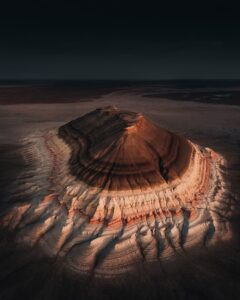
Forest Kai (@forest1kai): Photographer based in the US
In this article, Forest shares how years of chasing scale, silence, and raw landscapes shaped his approach to photography, from the deserts of Kazakhstan to the volcanic ridges of Iceland. He talks about how he uses light, texture, and vast negative space to create images that feel both intimate and overwhelming.
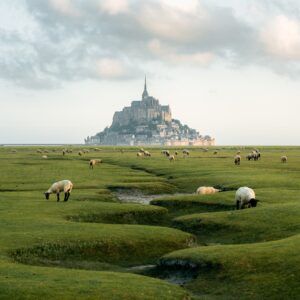
Simon Hechtbauer (@roamwithsimon): Best of the Week 32 at #nomadict
Simon shares the journey behind his photography, from early inspirations to field techniques, editing, and the story of the winning shot that shaped his path.

Miroslav Maršík (@miromarsik): Photographer based in Czech Republic
In this article, Miro shares how his love for cinematic music evolved into a deep passion for photography and how he uses light, color, and atmosphere to turn the streets of Prague into living film scenes.

Aurora photography panorama workflow: A guide to camera settings, editing, and color
In this article, Stefanie reveals how her background in physics sparked her passion for astrophotography and how she blends science with creativity to capture the beauty of the night sky. Readers will discover her approach to color, contrast, and editing, as well as her aurora photography workflow.

Yhabril (@yhabril): Best of the Week 33 at #nomadict
Spanish photographer Yhabril captures the profound connection between humans and the mountains that shaped him. Growing up in the Pyrenees, his work bridges outdoor sports, landscapes, and celestial scenes — often blending athletes, moonlight, and wilderness into striking visual stories.
